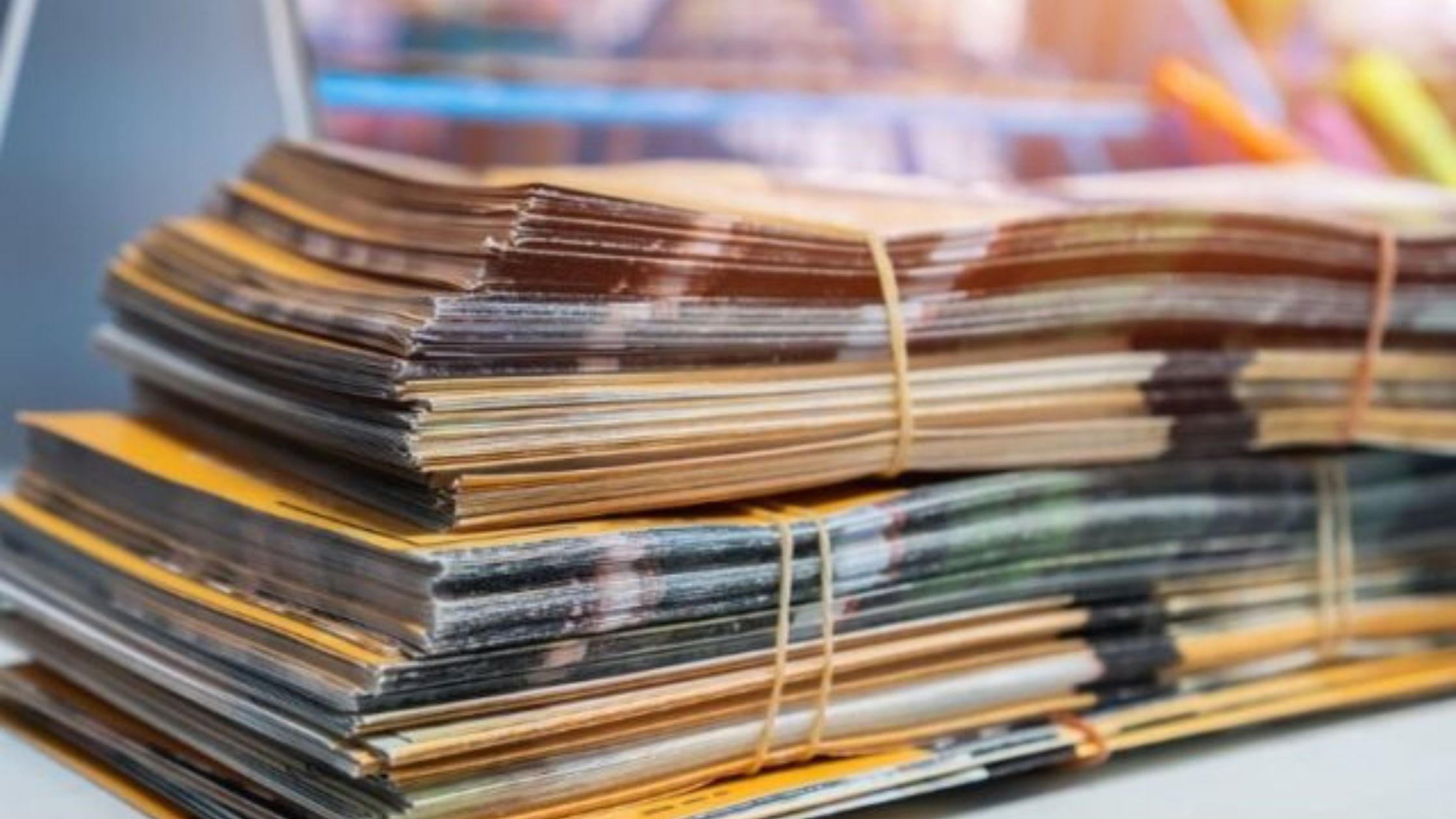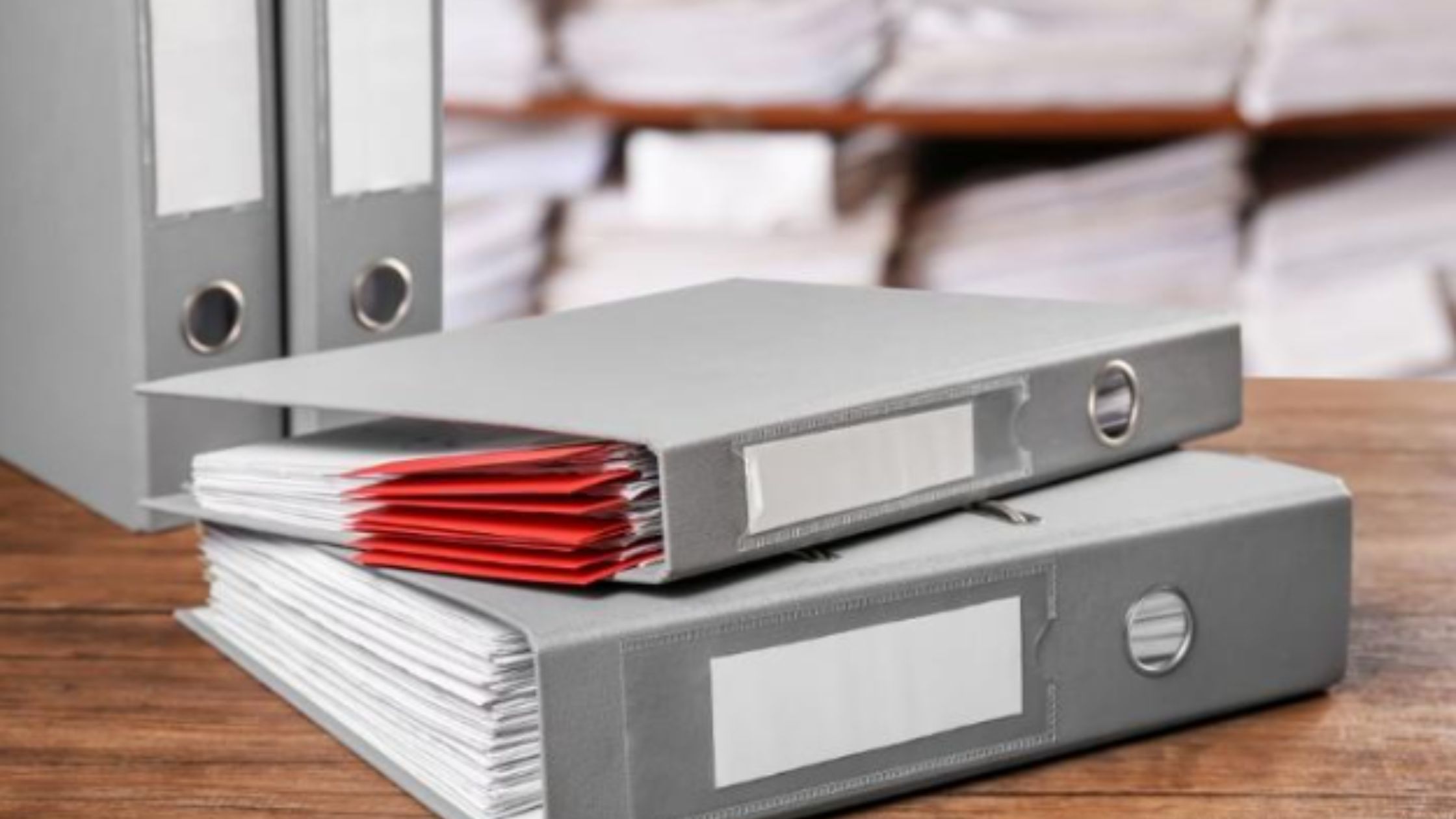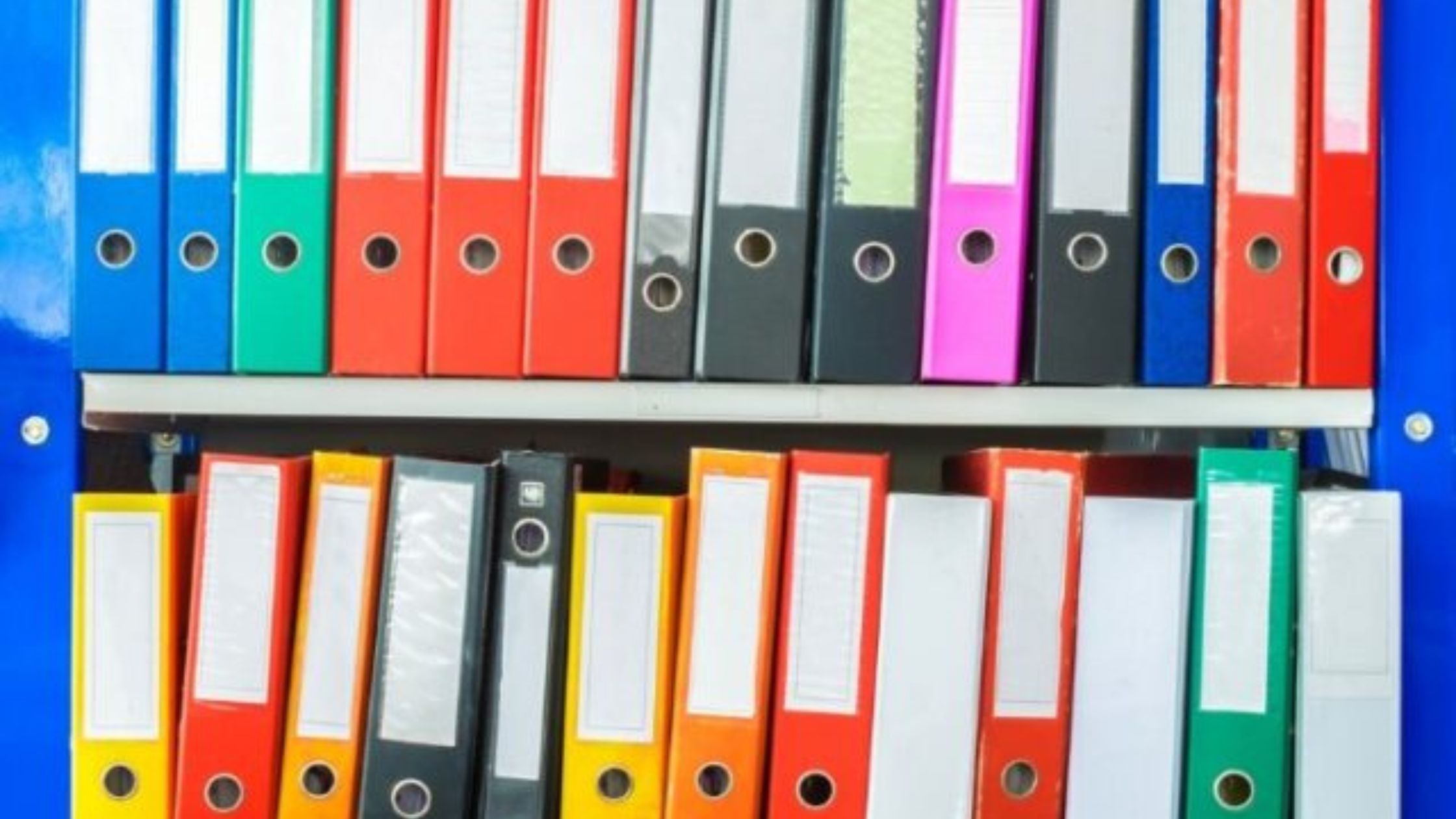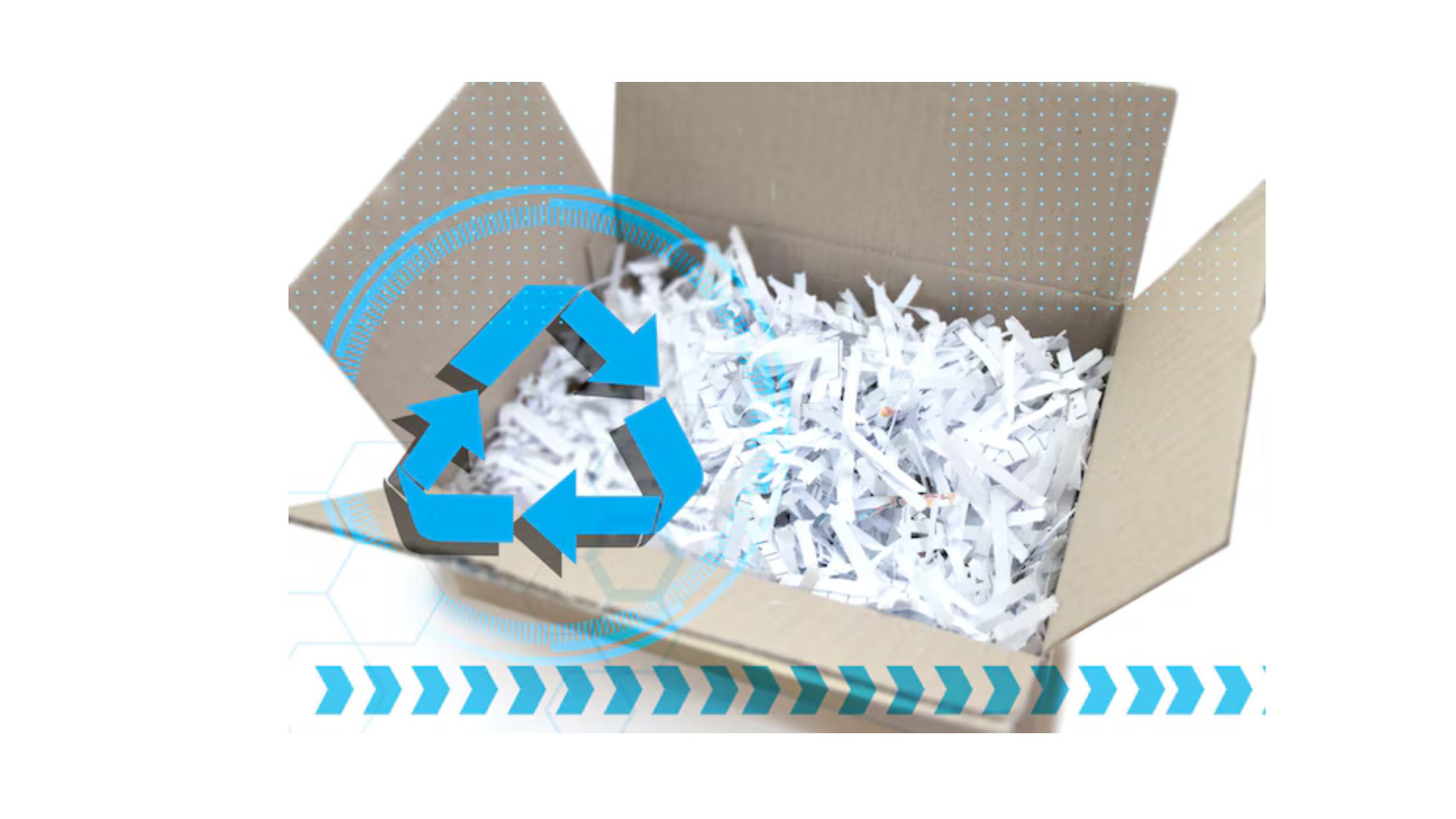Quick Guide to Scanning Large Artwork Without Losing Details

You spent hours—maybe days—on that massive artwork. It looks great in person. But when it’s time to digitize it, things get tricky. You can’t just snap a photo and call it done. You want every shade, every stroke, every detail to show up clearly. That’s where large format scanning in Los Angeles becomes useful.
But how do you do it right? And how do you make sure you’re not missing anything important in the final scan?
Let’s break it down.
Why Regular Scanners Don’t Work
Most office scanners can’t handle art that’s big or textured. Try putting a poster or canvas on a small desktop scanner, and you’ll quickly see the problem. You’ll get harsh shadows, blurry edges, or just part of the image. Stitching it together later often leaves gaps or color shifts.
That’s not good enough if you're scanning for printing, archiving, or selling digital copies.
You need a system built for large jobs.
The Right Scanner Matters
Large artworks need large scanners. We’re talking about wide-format scanners that can handle big paper sizes, canvas, or even mounted pieces. These scanners have high-resolution sensors that catch fine details without blurring the edges.
Good scanners can pick up texture and true color, even on watercolor paper or mixed media. Some use cold light to avoid fading the original. Others have rollers that won’t crush fragile art.
And the best part? You get consistent results across the whole image. No lines, no shadows, no distortion.
Prepping the Artwork
Before scanning, check the artwork. Dust? Clean it gently. Wrinkles or folds? Flatten them as much as you can. Loose edges? Tape them down lightly on the back if needed.
Don’t use heavy cleaners or touch up the art before scanning. What looks okay to the eye might show up odd when scanned.
Also, write down the size, materials, and what kind of output you want. That helps the scanning technician know what settings to use.
Choosing Scan Settings
Here’s where things can go wrong—fast. Set the resolution too low, and you lose detail. Set it too high, and the file becomes too big to use easily.
For most artwork, 300 dpi (dots per inch) is a safe start. If you’re printing large posters or need extreme clarity, go for 600 dpi or higher.
Color mode matters, too. Go with full color (24-bit RGB) for paintings, drawings, or photos. Use grayscale only for pencil sketches or black-and-white ink.
You also want the scanner to capture depth and tone evenly. Avoid settings that auto-correct too much. Keep it true to the original.
Saving the File
Don’t just scan and hit save.
Think about how you plan to use the image. Need a print? Save it as a TIFF for high quality. Want to share online? Use a compressed format like JPEG or PNG, but keep an original copy.
Also, label your files clearly—include the date, artist name, and title. That helps with digital archiving and avoids mix-ups later.
Some people back up to cloud storage. Others keep a hard copy and USB. A good rule? Two locations, two formats. Just to be safe.
Color Accuracy Counts
Your scanner might be sharp, but what about the colors? If your red ends up looking orange, that’s a problem.
Use color calibration tools. Many large format scanners work with color charts to keep hues accurate. It may seem small, but it makes a big difference when you’re selling prints or displaying art online.
And always scan in good lighting—avoid bright sunlight or weird room tones. That way, what you see on-screen matches the real deal.
When to Go Pro
You can try scanning at home. But for large or fragile art, it's better to let a pro handle it.
That’s where document scanning services Los Angeles make sense—especially when it’s not just about size, but quality. A trusted service knows how to scan oversized work with care. They also help you archive, name, and store your digital files.
Professional scanners are built for these jobs. They don’t crush your canvas or miss the edges. They also let you pick your format, resolution, and file type—all without trial and error.
Storage and Backup
Once your scan is done, don’t just toss the file in a folder and forget it. Keep it backed up. Organize your digital archive with dates, styles, or project names.
If you're scanning a collection, create a spreadsheet or catalog to track them. Add thumbnails or tags. That way, you can find what you need later—fast.
Large collections may benefit from help. Services like Williams Data Management offer secure digital storage. Your files are protected and easy to access.
Who Needs Large Art Scanning?
You don’t have to be a full-time artist. Scanning large work helps:
Schools with student murals
Design firms keeping samples
Galleries digitizing collections
Architects or engineers with sketches
Families preserving old posters
And yes—solo artists who want prints or digital backups.
You might only need to scan once a year. Or once a month. But when it’s time, you want it done right. No missed lines. No color distortion.
Final Thoughts
Don’t risk your best artwork with a shaky phone picture or a cheap scan. Go for clarity. Go for a system that respects the art you made.
Use professional large format scanning in Los Angeles when you want clean, sharp, full-image results. For serious archiving or display, quality is worth it. And if you're handling stacks of artwork, oversized prints, or technical drawings, reliable document scanning services can save you time and stress.
That’s where Williams Data Management comes in. They’ve been helping businesses and individuals in Los Angeles scan, store, and protect their most important documents—art included—for decades. With modern scanning tools and a sharp eye for detail, they make it easy to digitize large artwork without losing what makes it special.
Note: IndiBlogHub features both user-submitted and editorial content. We do not verify third-party contributions. Read our Disclaimer and Privacy Policyfor details.






